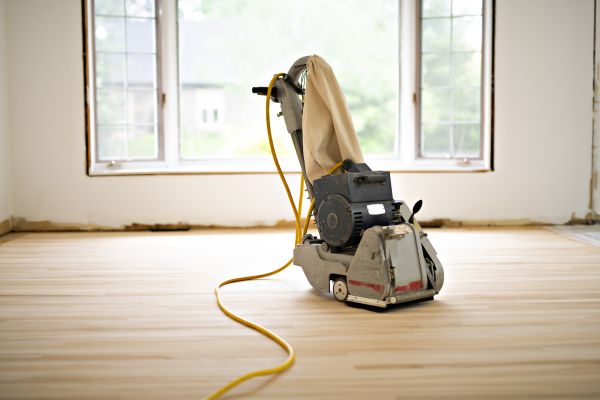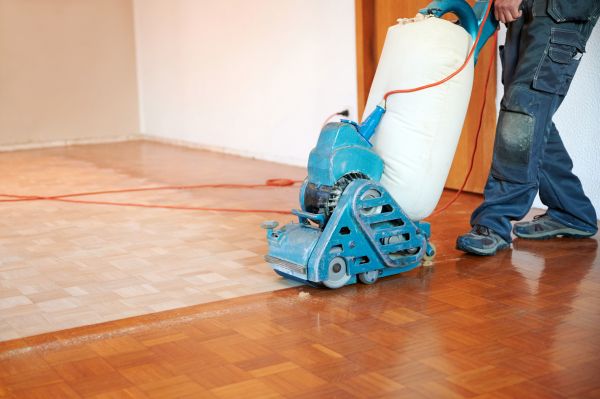Get Floor Sanding in the Springfield, MO area. Fill out the simple contact form and describe what you need.
Benefits of Floor Sanding Service
1. Enhanced Aesthetics: Floor sanding can transform worn-out, dull-looking floors into beautiful, polished surfaces. By removing scratches, stains, and imperfections, it restores the natural beauty of the wood, giving your space a fresh and inviting look.
2. Increased Durability: Sanding the floor surface helps to remove the top layer of damaged wood, exposing a fresh layer that is more resistant to wear and tear. This process also allows for the application of protective coatings, such as sealants or varnishes, which further enhance the durability of the floor.
3. Improved Indoor Air Quality: Over time, floors accumulate dust, allergens, and other pollutants that can negatively impact indoor air quality. Floor sanding removes these particles, creating a healthier environment for you and your family.
4. Cost-Effective Solution: Instead of replacing your entire floor, floor sanding offers a cost-effective alternative. It allows you to revitalize your existing floor at a fraction of the cost, saving you money while still achieving stunning results.
5. Increased Property Value: Well-maintained, attractive floors can significantly increase the value of your property. Floor sanding not only restores the appearance of your floors but also adds value to your home or business.
Summary of Benefits
- Enhanced aesthetics
- Increased durability
- Improved indoor air quality
- Cost-effective solution
- Increased property value
Frequently Asked Questions
Q: How long does floor sanding typically take?
A: The duration of floor sanding depends on various factors, including the size of the area, the condition of the floor, and the type of wood. However, a professional floor sanding service can usually complete the process within a few days.
Q: Is floor sanding suitable for all types of floors?
A: Floor sanding is generally suitable for most wooden floors, including hardwood, engineered wood, and parquet. However, it may not be recommended for floors with certain types of finishes or those that are severely damaged. Consulting with a professional can help determine if floor sanding is the right option for your specific floor.
Q: How often should floor sanding be done?
A: The frequency of floor sanding depends on the level of wear and tear your floors experience. In general, it is recommended to have floor sanding done every 7-10 years to maintain their appearance and durability. However, this can vary depending on factors such as foot traffic and maintenance practices.
Simply fill out the contact form to get connected to local professionals fast.




